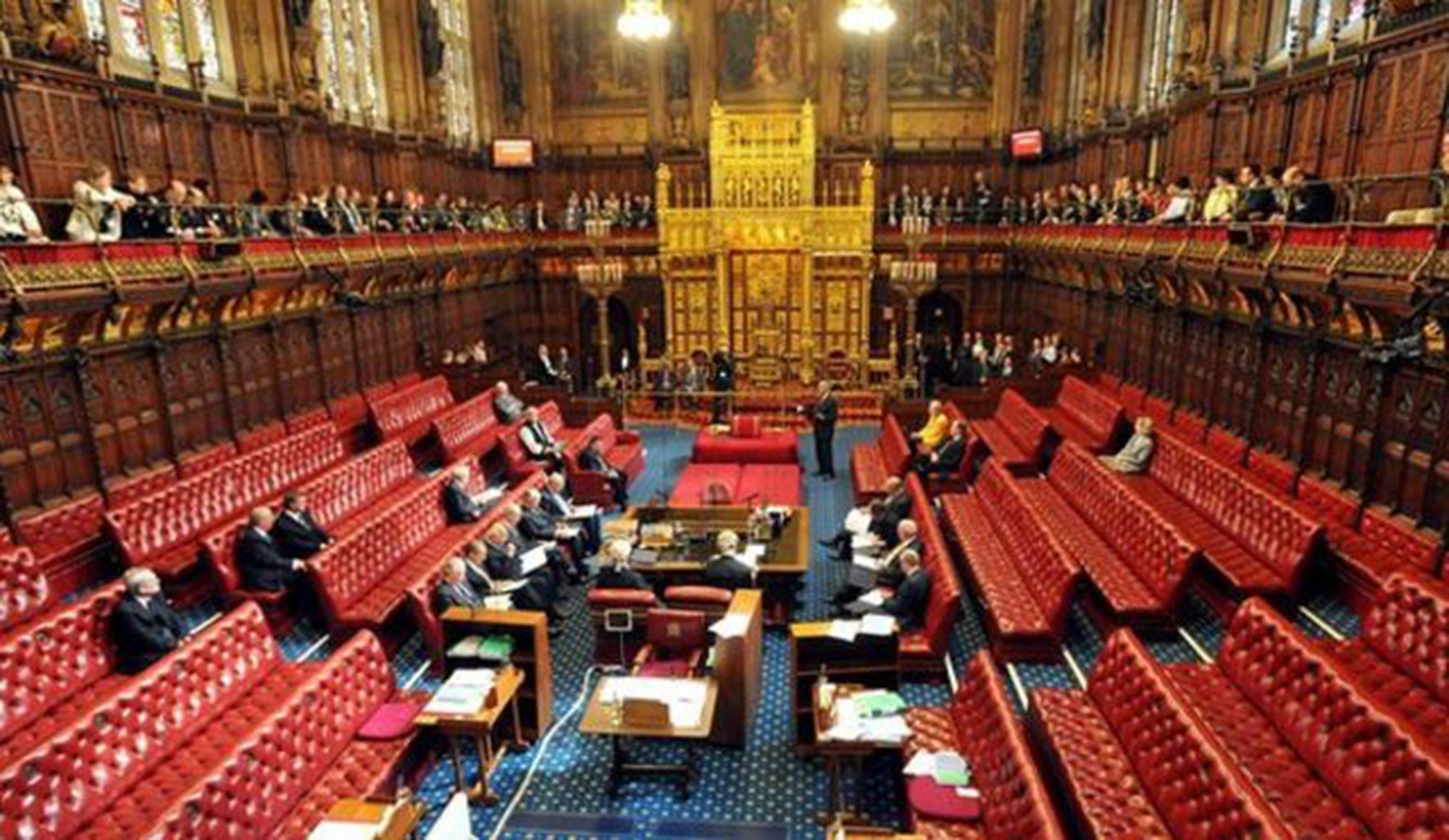The share of homes bought by a landlord remained unchanged from last year, despite the increase in second home stamp duty surcharge, new figures have revealed.
Millennial landlords now account for a record 50% of shareholders in new buy-to-let limited companies set up so far this year. We estimate that they will set up 33,395 new buy-to-let companies in 2025 – more than twice (+142%) the number incorporated in 2020.
So far this year, 75% of shareholders in new companies were under the age of 50 – up from 68% a decade ago.
Investor activity is increasingly concentrated in the North of England, where yields are higher and stamp duty costs are lower. 28.4% of homes sold in the North East were bought by a landlord in Q3 2025, compared to 8.0% in London.
The average rent for a newly let home in Great Britain fell by 0.3% over the year to September 2025, down £4 per month.
Despite facing housing affordability challenges, Millennials (those born between 1981 and 1996) are now leading the charge in buy-to-let investment. For the first time, according to Hamptons analysis of Companies House data, they now account for half of all new shareholders in buy-to-let companies across England & Wales (chart 1). This signals a generational shift in landlord demographics. The rise of younger investors has helped sustain landlord purchases, even as tax hikes and tighter regulations have made the market more challenging.
Hamptons’ analysis of Connells data* shows that the share of homes bought by a landlord across England & Wales remained unchanged from the same time last year, despite an increase to the second home stamp duty surcharge. Landlords now pay a 5% SDLT surcharge (up from 3% pre-1 April 2025). Nationally, landlords accounted for 11.3% of purchases in Q3 2025, a slight increase from 11.2% in Q3 2024 (11.2%) (chart 2).
However, these purchases are increasingly concentrated outside the South of England. Together, London, the South East, South West and East of England accounted for just 34% of investor purchases across England & Wales in Q3 2025. As recently as 2016, these regions had accounted for 50% of purchases.
In London, landlords bought 8.0% of homes sold in Q3 2025 – the lowest figure since Q3 2020. Landlords were similarly small players in the South West (8.1%) and East of England (8.2%) (table 1). In fact, 52% of branches in these three regions didn’t sell a single home to a landlord during Q3 2025.
By contrast, the North East remains the largest hotspot for investors, with landlords accounting for 28.4% of purchases during Q3 2025 – more than triple the London average (table 1). The share of homes bought by investors in the North East has exceeded 20% in nine of the last 10 years. This reflects lower property prices, which have partially sheltered investors from the impact of the SDLT surcharge, alongside higher yields.
Table 1 – Share of homes bought by a landlord in Q3 2025 by region
| London | 8.0% |
| South East | 10.5% |
| South West | 8.1% |
| East of England | 8.2% |
| East Midlands | 15.4% |
| West Midlands | 13.1% |
| North East | 28.4% |
| North West | 13.3% |
| Yorkshire & Humber | 11.2% |
| Wales | 6.9% |
| England & Wales | 11.3% |
Source: Hamptons
According to Hamptons, landlord purchases are increasingly being driven by Millennial money. Even though Millennials – those born between 1981 and 1996 – are less likely than older generations to own their own homes, they now account for half (50%) of shareholders in buy-to-let limited companies set up so far in 2025.
The company estimates that, based on current trends, Millennials will set up a record 33,395 new buy-to-let companies in 2025 – more than twice (+142%) the number incorporated in 2020 (chart 1). This increase highlights their growing appetite for property investment, despite many being priced out of homeownership.
This is the first time Millennials have accounted for half of new shareholders in buy-to-let companies. Five years ago, they made up 40% of new buy-to-let shareholders. The number of new companies set up by Millennials has outpaced those led by Baby Boomers (born 1946-1964) since 2017 and overtook Gen X-led (born 1965-1980) incorporations in 2022.
Shareholders in new buy-to-let limited companies by year of incorporation:
| 2016 | 2017 | 2018 | 2019 | 2020 | 2021 | 2022 | 2023 | 2024 | 2025 | |
| Silent
(Born pre-1945) |
2% | 1% | 1% | 1% | 1% | 1% | 0% | 0% | 0% | 0% |
| Baby Boomers
(Born 1946-1964) |
25% | 22% | 18% | 16% | 13% | 12% | 11% | 9% | 8% | 7% |
| Generation X
(Born 1965-1980) |
47% | 47% | 46% | 43% | 43% | 43% | 40% | 36% | 35% | 33% |
| Millennials
(Born 1981-1996) |
24% | 29% | 33% | 38% | 40% | 40% | 44% | 47% | 49% | 50% |
| Gen Z
(Born 1997-2012) |
1% | 2% | 2% | 3% | 3% | 4% | 6% | 7% | 8% | 10% |
Source: Hamptons & Companies House
Behind Millennials, Gen X accounted for 33% of new shareholders in companies set up so far this year, followed by Gen Z with 10% (born 1997-2012) and Baby Boomers (born 1946-1964) with just 7% (table 2).
This shift away from older generations reflects that Baby Boomers, now in their 60s and 70s, are less likely to be setting up new portfolios. Instead, they’re more likely to be winding them down or passing them on to the next generation.
Meanwhile, the number of Gen Z-led companies (today aged between 13 and 28) overtook new incorporations from Baby Boomers (aged between 61 and 79) for the first time this year. So far this year, 75% of shareholders in new companies were under the age of 50 – up from 68% a decade ago.
The average rent for a newly let home in Great Britain fell by 0.3% over the year to September 2025 – down £4 per month from £1,402 to £1,398 This marks a notable shift from the 4.2% annual growth recorded a year earlier.
London drove the slowdown, here rents fell by 2.7% or £65 per month. In Inner London, rents declined by 4.6%, bringing the average to £2,766pcm, which is £165 below the October 2024 peak.
In contrast, rents for renewed contracts continued to rise, outpacing inflation, and increasing by 4.6% over the past 12 months. The average renewal rent now stands at £1,307 per month, surpassing the £1,300 per month mark for the first time.
While rental growth for new lets has turned negative, the pace of increases for renewals has remained relatively steady. In September 2024, renewal rents rose by 6.6%, compared to 4.6% in September this year.
Over the past two years, the cost of renewing a tenancy has risen nearly three times faster than the cost of moving into a new property (11.5% vs 4.3%). For context, the average renewal rent passed £1,200 in April 2024, £1,100 in January 2023, and £1,000 in April 2021. It was back in March 2012 that renewal rents first exceeded £900 pcm.
Annual rental growth by region – September 2025
| Region | New lets | Renewals | ||
| Average monthly rent | YoY % | Average monthly rent | YoY % | |
| Greater London | £2,332 | -2.7% | £2,292 | 4.1% |
| Inner London | £2,766 | -4.6% | £2,770 | 3.7% |
| Outer London | £2,013 | -0.7% | £1,888 | 4.6% |
| South | £1,368 | 1.0% | £1,275 | 4.1% |
| East of England | £1,227 | 1.2% | £1,237 | 5.9% |
| South East | £1,476 | 0.6% | £1,379 | 3.1% |
| South West | £1,294 | 1.4% | £1,155 | 4.1% |
| Midlands | £1,058 | 1.3% | £966 | 6.8% |
| East Midlands | £1,015 | 1.3% | £921 | 6.1% |
| West Midlands | £1,095 | 1.4% | £1,004 | 7.2% |
| North | £997 | 0.9% | £888 | 5.6% |
| North East | £928 | 2.1% | £766 | 7.3% |
| North West | £1,052 | 0.9% | £918 | 5.5% |
| Yorkshire & The Humber | £954 | 0.4% | £902 | 5.0% |
| Wales | £864 | -0.4% | £816 | 1.8% |
| Scotland | £1,076 | 2.2% | £876 | 5.0% |
| Great Britain | £1,398 | -0.3% | £1,307 | 4.6% |
| Great Britain (Exc London) | £1,159 | 1.0% | £1,063 | 4.9% |
Source: Hamptons
Aneisha Beveridge, head of research at Hamptons, said: “Landlord purchases haven’t collapsed in the face of higher taxes and tighter regulation – but they have shifted. New landlords have increasingly become an endangered species in markets across Southern England, where big stamp duty bills and flatlining prices have nudged investors northwards. But in places like the North East, landlord activity remains close to all-time highs, showing that the buy-to-let market is adapting rather than retreating.
“What’s striking is the rise of younger landlords. Millennials – many of whom have struggled to buy their own home – are now leading the charge in buy-to-let. Thirty years on from the invention of the buy-to-let mortgage, which kick-started investment by Baby Boomers, it’s clear that a new generation is finding alternative ways to build wealth through bricks and mortar. Despite the challenges, Millennials and Gen Z are showing a similar appetite for long-term property investment, which is helping to stabilise the market.
“Rental growth remained negative in September, with tenants finding they have more room to negotiate than they’ve had during the last five years. While lower rents are always welcome news for tenants, there are still too many cost pressures facing landlords for a nominal fall in rents to turn into a more meaningful correction in the months ahead.”








